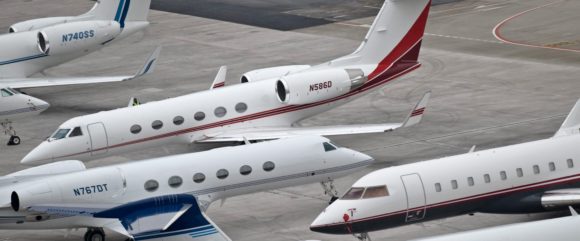The news this morning that Boeing and Embraer have reached an agreement on the commercial aircraft market has been expected for some time, as Boeing has been determined to match the “hole” in its product line between 100-150 seats that was created when Airbus acquired the Bombardier CSeries. With the agreement now in place, we can examine the implications on competitive dynamics and how this joint venture moves forward.
The Agreement
The following excerpts from the press release describe the agreement. “Boeing and Embraer signed a Memorandum of Understanding to establish a strategic partnership. The non-binding agreement proposes the formation of a joint venture comprising the commercial aircraft and services business of Embraer that would strategically align with Boeing’s commercial development, production, marketing, and lifecycle services operations. Under the terms of the agreement, Boeing will hold an 80 percent ownership stake in the joint venture and Embraer will own the remaining 20 percent stake.”
“The transaction values 100 percent of Embraer’s commercial aircraft operations at $4.75 billion, and contemplates a value of $3.8 billion for Boeing’s 80 percent ownership stake in the joint venture. The proposed partnership is expected to be accretive to Boeing’s earnings per share beginning in 2020 and to generate estimated annual pre-tax cost synergies of approximately $150 million by year three.”
The Market and Perceived Need
With Airbus acquiring the Bombardier CSeries, Boeing felt a hole in its product line between 100-150 seats, and Embraer suddenly faced a much larger competitor with deep pockets and a sophisticated global marketing and support operation. With a compelling reason for each to join with each other, a potential transaction made sense from a competitive positioning standpoint. The potential for “one stop shopping” is a critical element of the strategy to counter a potential advantage at Airbus.
The E190-E2 and E195-E2 compete directly with the CS100 and CS300, and the E175-E2, currently stalled by scope clause issue, will likely result in the E175 continuing to be produced to compete against the Bombardier CRJ-900 – competition as usual in the regional sector. With no scope clause relief likely before 2024, it appears the E175-E2 will need to be co-produced with the existing E175 to serve the world’s largest regional aircraft market.
A Cultural and Organizational Mismatch?
Boeing and Embraer tend to operate in different ways. At Boeing, engineering teams tend to be organized by program, with engineers focusing on one aircraft type. At Embraer, engineers tended to focus on technical areas (e.g., landing gear, avionics) and support multiple programs, including the E2, KC-390 tanker, and business jet programs. Splitting that apart may require the wisdom of Solomon to allocate resources cost-effectively to commercial and business jet programs, and to enable Embraer to continue its enviable track record of on-time and on-budget program developments, with 12 new aircraft in the last 13 years.
Culturally, Embraer also differs from Boeing, with what we perceive as a younger and more vibrant culture when contrasted to a more staid and traditional culture at Boeing. With Boeing taking the reins, the question of corporate culture and dynamics is something that will evolve, but could have a negative impact on Embraer.
The Remainder
The MOU indicates that a separate agreement will be reached on defense, for which Brazil could not allow majority foreign ownership. Assuming a JV is established, that would leave business jets as a stand-alone business for Embraer. Today, the business jets benefit from an integrated engineering force in designing and developing new products. With assets being split to the joint venture, does that raise costs for the business jet division? Can that division remain viable as a stand-alone if the Boeing JV takes engineering resources away? The devil is in the details.
The Bottom Line
Our takeaways on the Boeing and Embraer MOU are the following:
1. This isn’t a done deal yet, as the MOU is non-binding
2. The commercial aircraft business fits well from a product standpoint
3. There are major organizational and cultural hurdles to overcome
4. The price to Boeing is much higher than the “bargain of the century” Airbus received when it acquired the CSeries
5. Implementation and integration, as always, will by the key to success.
While on the surface this deal makes sense from competitive dynamics, there are a number of difficulties that will need to be worked out. The jury remains out as to its success.
Views: 3


